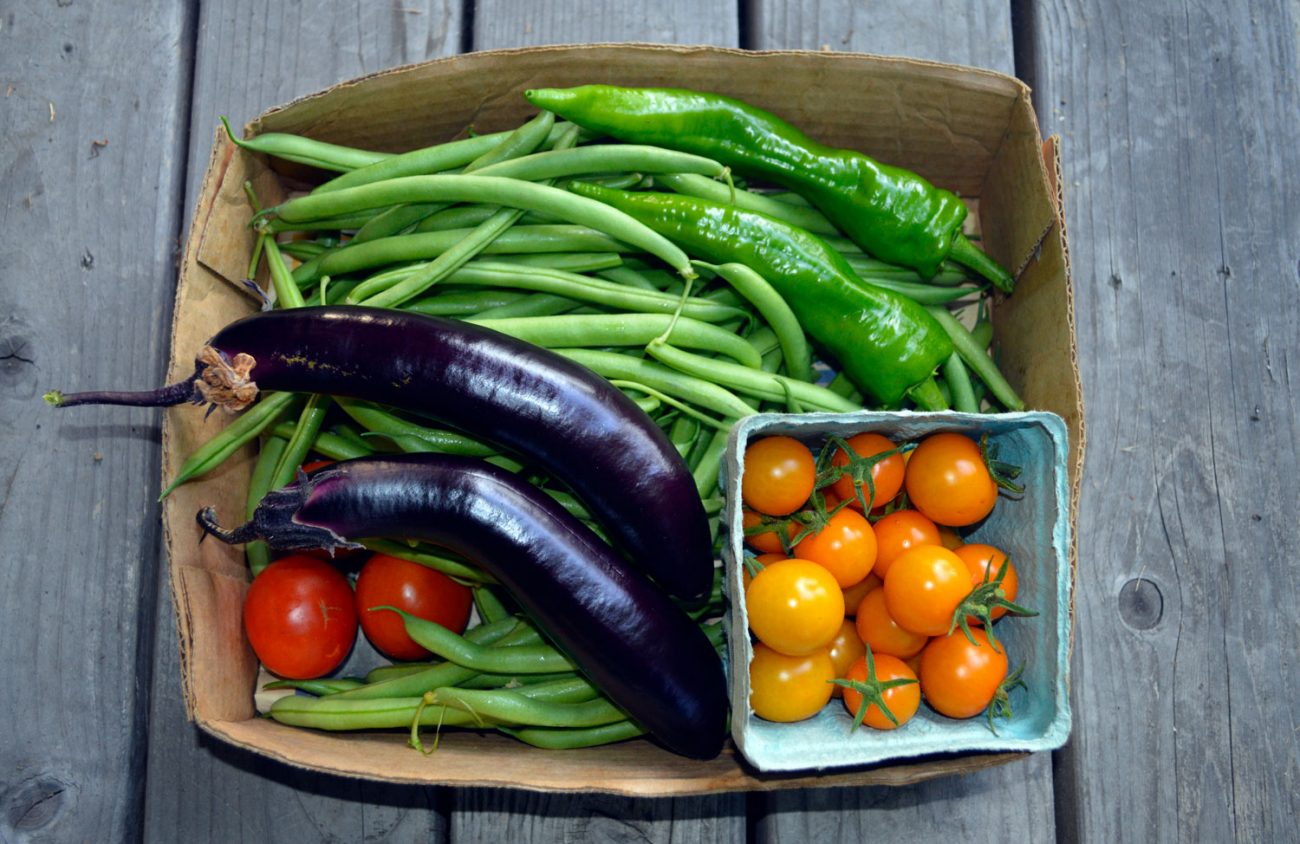After months of getting out early to harvest the garden bounty and water the vegetable beds, fall is here and I have a little extra time. I’ve used some of it to think about garden planning.
I think everyone agrees that a successful vegetable garden requires some planning, especially if space is limited. But I’m an impulsive gardener who can’t abide empty ground. I tend to amend and immediately replant any row or patch that becomes vacant.
This is potentially an efficient use of limited space, but it can get in the way of good practices such as crop rotation, not to mention simple things like making sure adjacent crops have adequate space and light.
Crop rotation helps us maximize efficient use of soil fertility. It should also help fend off pests and disease. I know that doesn’t work very well in the average vegetable garden, where there simply isn’t room to move a crop a meaningful distance from one year to the next.
But I do make sure not to plant tomatoes (or peppers or eggplant) in the same area two years in a row, and I try to follow legume crops with leafy greens. That’s about the extent of my “rotation.”
Rotation is easiest in an orderly garden. I have a friend who uses classic, board-sided raised beds. Each year he lets one bed go fallow. He piles fall leaves on it to rot over the winter, cutting them in periodically with a bit of manure. Come spring, that’s the bed where he’ll plant tomatoes.
Steve Solomon (Growing Vegetables West of the Cascades) has a great chapter on planning in which he suggests a simple crop rotation system for year-round vegetable plots. The garden is divided into two. One half grows frost-sensitive summer crops like green beans and tomatoes, while the other grows a spring garden followed by fall and winter crops. A fall-sown, leguminous cover crop succeeds the green beans and tomatoes, and that section will be ready for the following year’s spring garden.
Solomon’s plan is hard to follow in my yard, where only about a third of the garden space is well drained and warms up fast in spring. The remainder holds a lot of water in the winter, and is really only suitable for summer crops that are planted after the soil becomes workable. I am working on a modified version of Solomon’s scheme while striving to improve the soil texture in the meantime.
Cover crops help, and my favorite is fall-sown fava beans. In a good year they yield a crop, and if they don’t they still improve the soil. Solomon uses peas. If he needs to rip them out to plant something, he will. What he doesn’t rip out yields peas.
Any meaningful planning requires good recordkeeping, and I‘ve resolved to do a better job at that. I’ve become pretty good at recording when I sow and plant things, but I also tag the rows with crop name and date. Leaving those tags in the ground is a simple way to remind myself of what grew there last without referring to a journal, but the journal holds valuable information such as how many weeks it took for starts to yield a harvest and when I can expect that crop to make way for another one.
This year I sowed pole and bush beans the first week of June. I picked the first bush beans on July 30 — the same time I picked my first tomatoes and eggplant, as it happens.
The first pole beans came in three weeks later. When the bush beans started bearing, I planted a new row. I began picking that second round of bush beans by mid-September, just when the pole beans were winding down. This timing was accidental, but because I have seeding records I can try to repeat it next year.
A key part of planning is to determine what your core crops are, and to decide ahead of time where you will plant them.
For the past two years, this has been my strategy: In late winter and again in summer, I make lists of the things I hope to grow, with their approximate planting dates, from late February through June and from August through early October, respectively. Then I pick a location for each planting. I still put in catch crops in temporary gaps — but when I know I’ll need a given area for broccoli starts in August or favas in October, I’ll try to make sure it’s occupied in the meantime by quick turn-over crops like lettuce and cilantro.
Rachel Foster lives and gardens in Eugene. She can be reached at rfoster@efn.org
